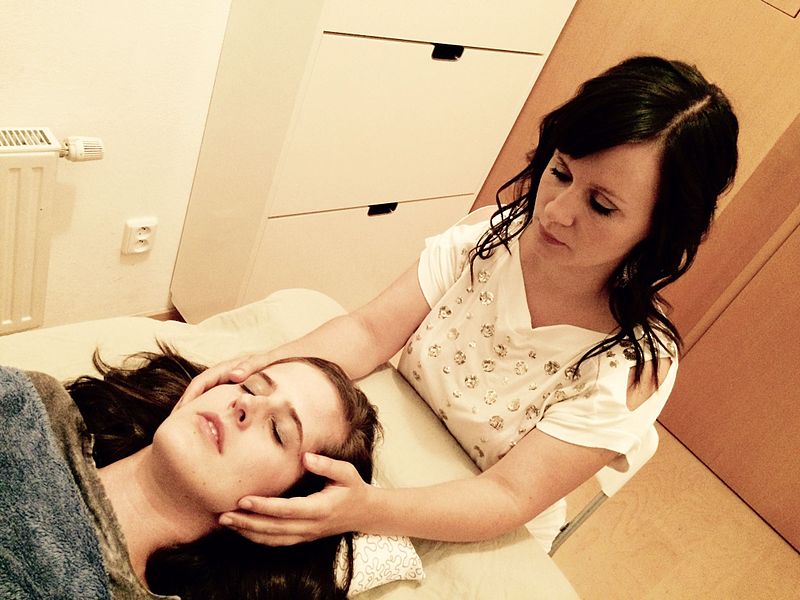Introduction:
Craniosacral therapy (CST) is a gentle technique that uses a light touch to observe membranes and movement of the fluids in and around the central nervous system. Relieving tension in the central nervous system promotes a sensation of well-being by eliminating pain and boosting health and immunity.
Craniosacral Therapy, or CST as it is generally called, has its roots back in the nineteenth century. It originated in Andrew Taylor Still’s system of osteopathic medicine; it owes much to successive pioneers of technique, such as William G. Sutherland who extended Stills system into cranial osteopathy.
The focus of CST is a gentle placement of hands to assist release of the body’s connective tissue, or “fascia.” Fascia (Latin word for “band”) is a covering found throughout the body including organs, glands, nerves, muscles, blood vessels, brain and spinal cord. This covering forms a body-wide connective network. CST is based on the idea that the body is interrelated at all levels.
Craniosacral therapy (CST) helps in:
- Chronic pain.
- Fibromyalgia.
- Migraine headache.
- Complex regional pain syndrome.
- Fascial adhesions.
- Multiple sclerosis.
- Neuralgia.
- Neurodegenerative diseases.
- Temporo-mandibular joint syndrome.
- Stroke.
- Post-concussion syndrome.
- Speech impairment.
- Epilepsy.
Can craniosacral therapy be useful for everybody?
CST can benefit almost everyone. With a few conditions, however, craniosacral therapy may not be appropriate and you’ll need to talk with your CST practitioner and physician.
Care has to be exercised and CST has to be differed in patients with:
- Recent concussion.
- Cerebral swelling.
- Structural defects in the cerebellum such as Arnold-Chiari malformation.
- Brain aneurysm.
- Traumatic brain injury.
- Blood clots.
- Any disorder that causes instability of cerebral fluid pressure, flow or build-up.
Conclusion:
There’s plenty of sketchy evidence that CST is an effective treatment, but more research is needed to scientifically determine this. There’s evidence that it can relieve stress and tension, though some research suggests that it may only be effective for infants, toddlers, and children.
